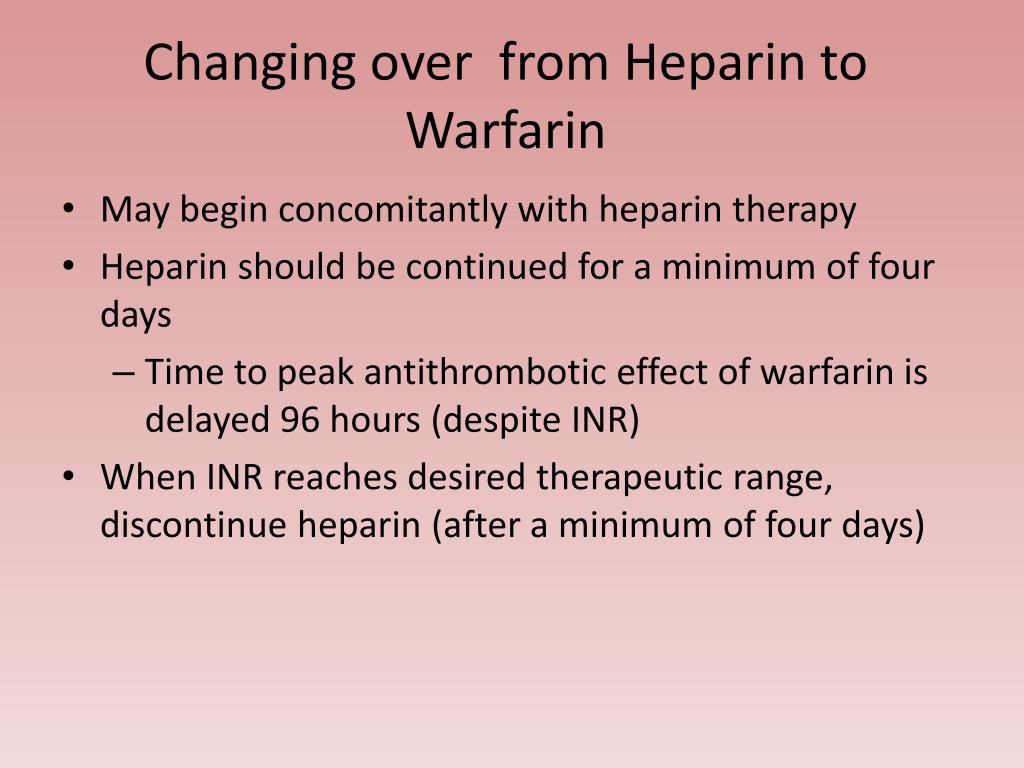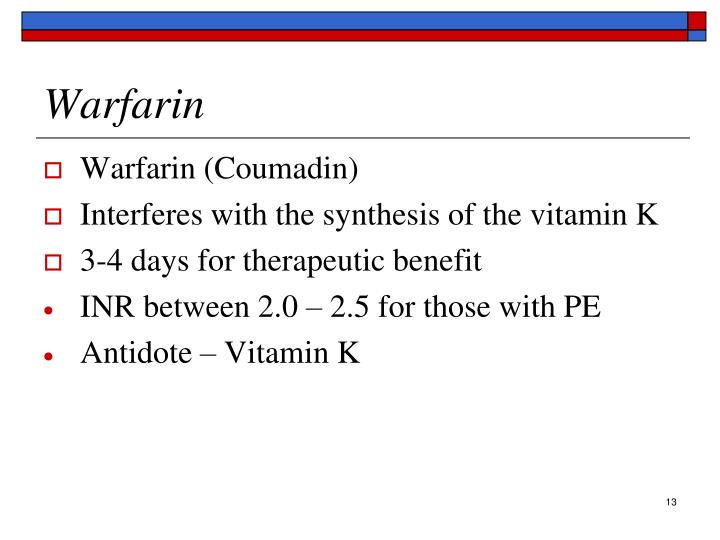
Inadequate oxygenation and gas exchange in the lungs result. Small pieces of the venous clot can detach and travel to the pulmonary artery and then to the lung. The venous thrombus usually develops because of slow blood flow. As the clot occludes the blood vessel, tissue ischemia occurs. Thromboxane A 2 and adenosine diphosphate (ADP) increase the activation of this receptor.Īs the thrombus inhibits blood flow, fibrin, platelets, and red blood cells (erythrocytes) surround the clot, building the clot’s size and structure. The platelet receptor protein that binds fibrinogen, known as glycoprotein IIb/IIIa, or GP IIb/IIIa, also promotes platelet aggregation. When platelets adhere to the broken surface of an endothelial lining, they synthesize thromboxane A 2, which is a product of prostaglandins and a potent stimulus for platelet aggregation (clumping of platelet cells). Platelets do not usually stick together unless there is a break in the endothelial lining of a blood vessel. Both types of thrombus can be dislodged from the vessel and become an embolus (blood clot moving through the bloodstream). Blood clots found in the veins are from platelet aggregation with fibrin that attaches to red blood cells. Arterial clots are usually made up of both white and red clots with the white clots (platelets) initiating the process, followed by fibrin formation and the trapping of red blood cells in the fibrin mesh. The formation of an arterial thrombus could be caused by blood stasis (decreased circulation), platelet aggregation on the blood vessel wall, or blood coagulation.

Thrombosis is the formation of a clot in an arterial or venous vessel.

Each of these three drug groups are discussed separately. The thrombolytics, popularly called clot busters, attack and dissolve blood clots that have already formed. The antiplatelets prevent platelet aggregation (clumping together of platelets to form a clot). The anticoagulants prevent the formation of clots that inhibit circulation.

The three major groups of these drugs are (1) anticoagulants, (2) antiplatelets (antithrombotics), and (3) thrombolytics. Various drugs are used to maintain or restore circulation.


 0 kommentar(er)
0 kommentar(er)
